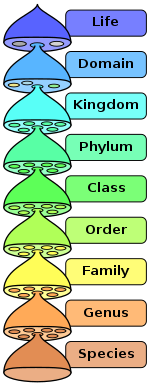900 319 0030
enquiry@shankarias.in
Appointment of District Judge
Stockholm Declaration 2020
Vision Zero
UN Road Safety Fund
Alternative Investment Fund Managers Directive
Bhaskaracharya Institute of Space Applications and Geoinformatics (BISAG)
Species

Asian Elephant
Great Indian Bustard
Bengal Florican
INS Jamuna
Source: PIB, the Hindu, Economic Times